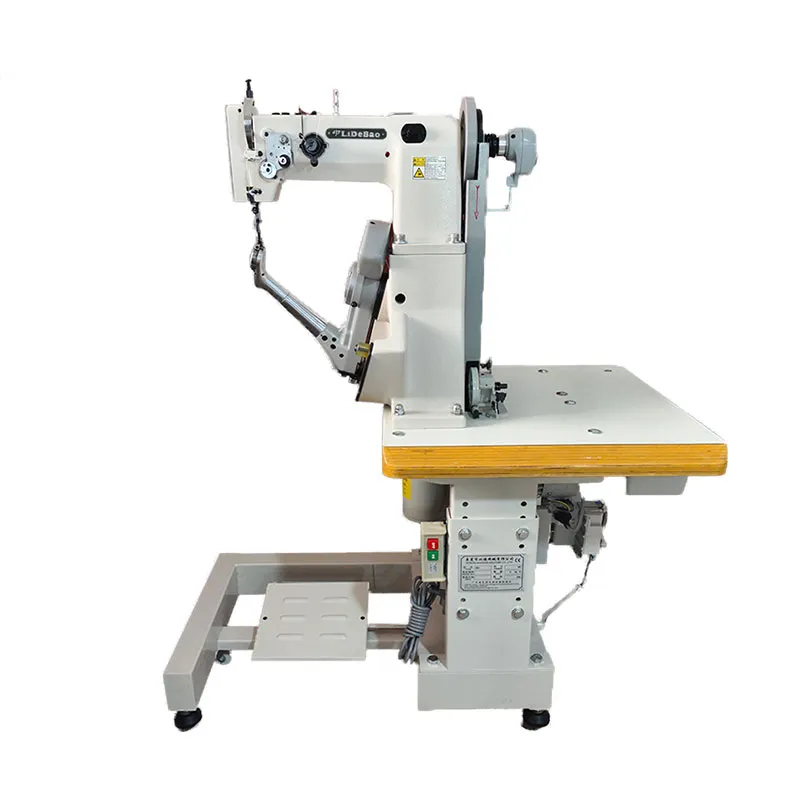What's the Types of Shoe Sewing Machines
2024-12-11
A shoe sewing machine is a specialized type of industrial sewing machine designed for stitching and assembling shoes. It is specifically engineered to handle thick, durable materials like leather, synthetic fabrics, and heavy-duty threads. These machines are crucial in the footwear industry for creating precise, durable, and high-quality shoe seams.

Types of Shoe Sewing Machines:
1. Post-Bed Sewing Machine
- Description: Features a raised post that allows for easy stitching of three-dimensional shoe parts.
- Uses: Attaching uppers to soles, sewing curved or hard-to-reach areas.
2. Cylinder-Bed Sewing Machine
- Description: Has a cylindrical bed to handle tubular or curved parts of shoes.
- Uses: Stitching soles, leather uppers, and decorative elements.
3. Flat-Bed Sewing Machine
- Description: Resembles traditional sewing machines with a flat surface.
- Uses: Sewing flat shoe components like insoles and straps.
4. Zigzag Sewing Machine
- Description: Allows zigzag stitching for decorative patterns or reinforcement.
- Uses: Creating design accents and strengthening specific shoe areas.
5. Automatic Shoe Sewing Machines
- Description: Programmable machines that perform complex stitching tasks with minimal human intervention.
- Uses: Mass production of shoes with consistent quality.
Features of Shoe Sewing Machines:
- High Durability: Built to handle heavy-duty stitching.
- Adjustable Speed and Stitch Length: Customizable settings for various materials and designs.
- Thick Needle Compatibility: Designed for use with strong needles to penetrate tough materials.
- Walking Foot Mechanism: Ensures even feeding of thick or layered materials.
- Advanced Tension Control: Keeps stitches tight and consistent on heavy fabrics.
Benefits of Shoe Sewing Machines:
- Precision: Ensures neat and accurate stitching, essential for high-quality shoes.
- Efficiency: Speeds up the production process, making it ideal for mass production.
- Versatility: Can handle a variety of materials and designs.
- Durability: Produces strong seams that enhance the longevity of footwear.
Applications:
- Manufacturing leather shoes, boots, and sports footwear.
- Repairing and customizing shoes.
- Producing accessories like belts, bags, and wallets (in some cases).
If you'd like a detailed blog or technical guide on shoe sewing machines, let me know!


